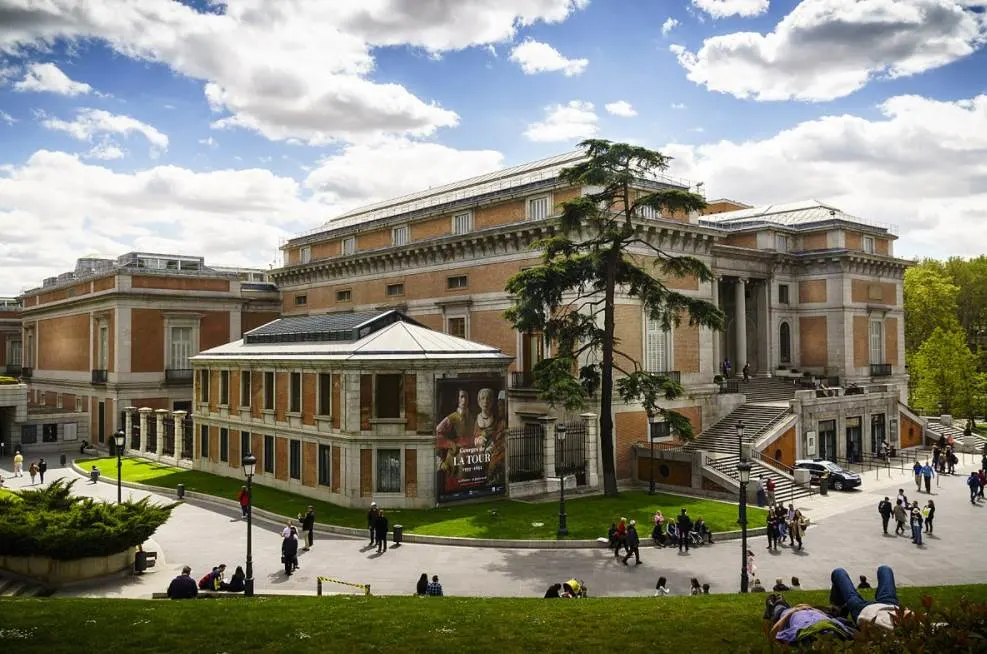When Diego Velázquez (1599-1660) moved to Madrid in the early 1620s, The Spanish artist had only one goal in mind. That was to become the court painter of the King of Spain.
He succeeded in this goal due to the immense talent he possessed. The master of the Baroque era was able to paint various members of the Spanish royal family during the decades he worked at the court.
One of his most remarkable paintings depicts the young son of King Philip IV, a boy who served as the model for many of Velazquez’s paintings.
In this article, you’ll discover some of the most interesting facts about the Equestrian Portrait of Prince Balthasar Charles by Diego Velázquez, a fascinating portrait for multiple reasons.
1. It was completed a couple of years after the artist had returned from Italy
Diego Velázquez was born and raised in Seville and started his painting career in his native city, mainly focusing on bodegones
His early works were defined by an extreme sense of Realism that formed a great inspiration for Realism artists of the 19th century.
Paintings such as “Old Woman Frying Eggs” and “The Waterseller of Seville” depict ordinary people with a sense of realism that was virtually unmatched at the time.
He moved to Madrid in the early 1620s together with his father-in-law, a Mannerist painter named Francisco Pacheco (1564-1644).
It didn’t take long before he caught the attention of the Spanish court and he was hired as the court painter in the year 1623. He was allowed to travel to Italy between 1629 and 1631 to sharpen his skills.

He completed the Equestrian Portrait of Prince Balthasar Charles between 1634 and 1635, not too long after he had returned from his extended visit to Italy.
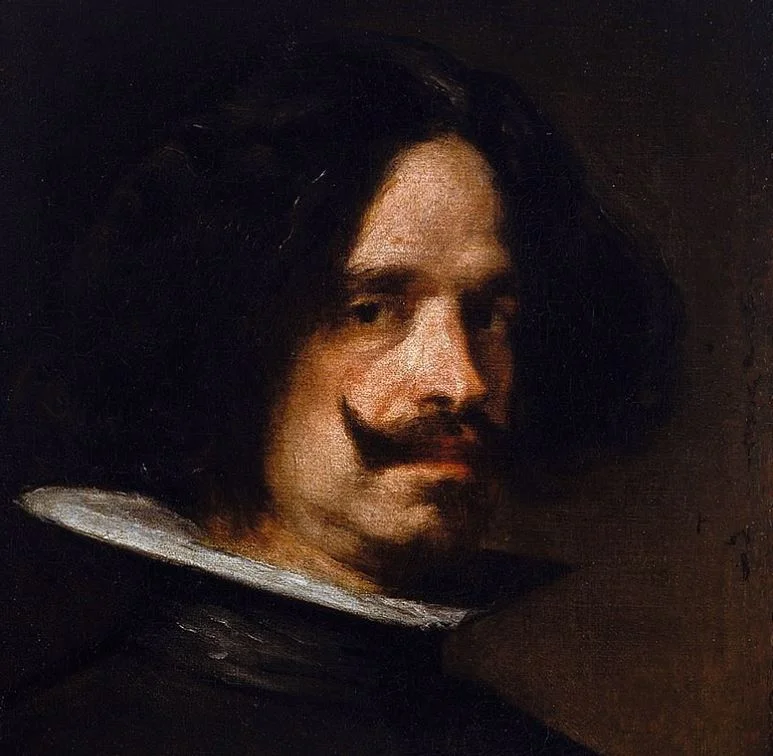
2. It depicts the young Prince of Asturias while he rides a horse
As the name of the painting suggests, it depicts Balthasar Charles, Prince of Asturias (1629-1646) while he is seated on a horse.
Balthasar was the first and only son of King Philip IV of Spain (1605-1665) and his first wife, Elisabeth of France (1602-1644). This means that he was the first in line to rise to the throne after his father.
Apart from being the Prince of Asturias, the name used for the heir of the throne of Spain, he also inherited the titles of Prince of Girona, Duke of Montblanc, Count of Cervera, and Lord of Balaguer, Prince of Vian.
The young boy was only 6 years old when the painting was completed. He appears to be rather calm while the sturdy horse jumps up into the air.
The background is dominated by a mountainous landscape and a gloomy sky.
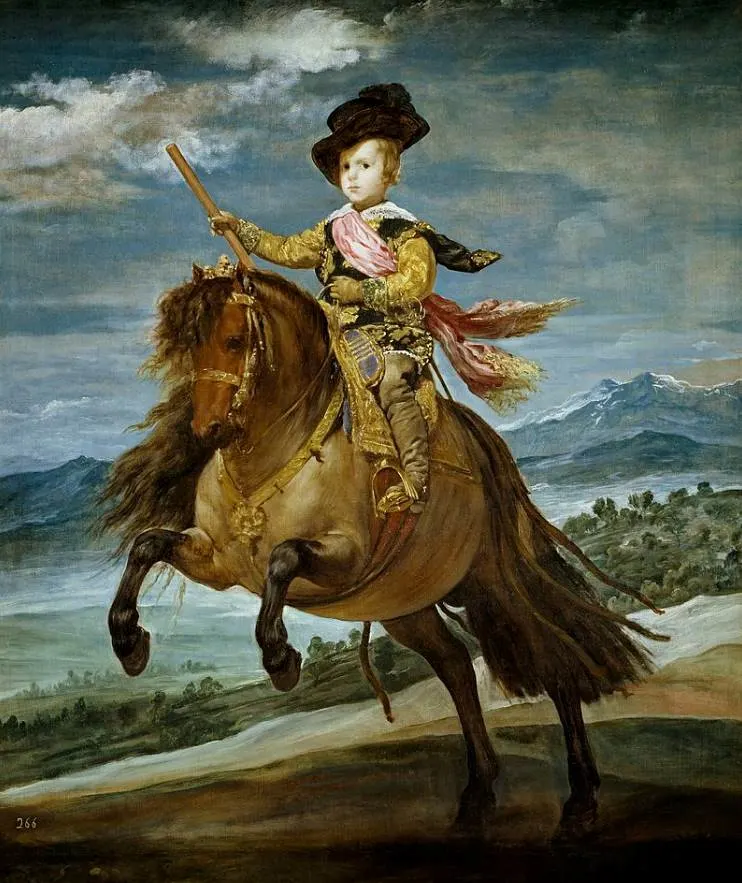
3. It was commissioned to accompany two equestrian portraits of his parents
As the court painter of the Spanish royal family, Diego Velázquez was extremely busy painting portraits of members of the royal family.
The talent he had for portraiture was very much liked by the king himself who had a friendly relationship with the artist. He painted King Philip IV about 34 times, quite an amazing number.
A large number of paintings were commissioned by the king in the 1630s to decorate the so-called “Hall of Realms.” This was a major room in the Buen Retiro Palace, the second residence of the King of Spain in Madrid.
This is one of the few buildings that still stand today because most of the palace was demolished following the Peninsular Wars in the early 19t century. Today it stands in the Retiro Park in central Madrid.
The painting was commissioned to adjoin the other paintings at the Hall of Realms, including the equestrian portraits of the Prince’s parents, King Philip IV and Queen Elisabeth of France.
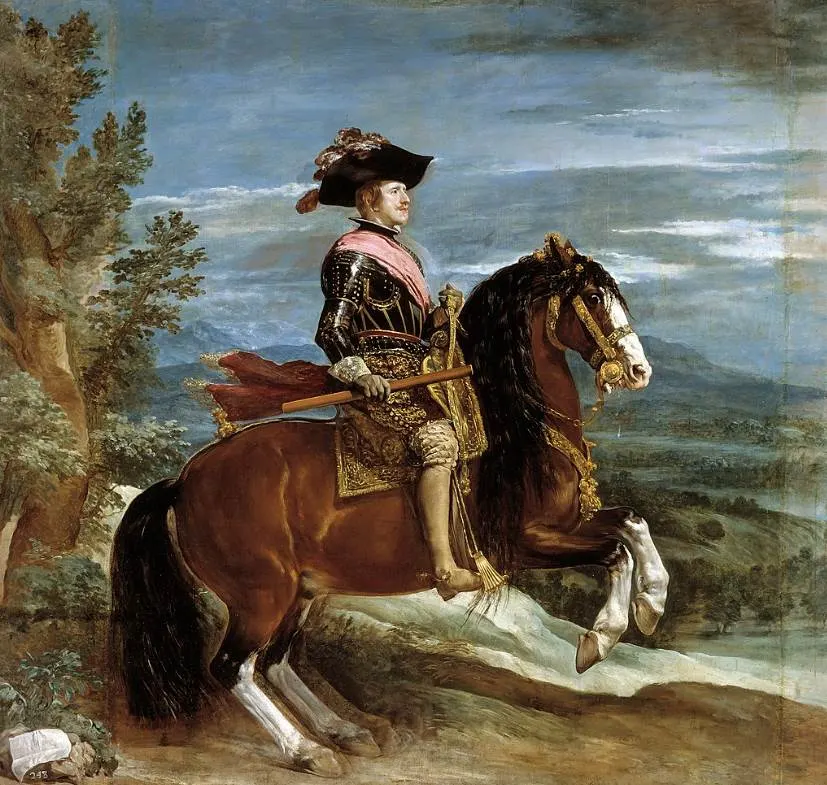
4. There are a few symbols that represent the power of the young boy
The boy looks calm and far from being uncomfortable on top of the huge horse that carries him.
The calm attitude on the rearing horse was a symbol of the notion that he was both a great horseman and that he would become a confident leader in the future.
He holds a baton, carries a sword, and wears a military sash, all symbols that emphasize his future power as King of Spains and as a military leader.

5. There’s a reason why the horse appears to be rather fat
If you take a closer look at the horse then you instantly notice that it’s extremely muscular and even borderline fat.
It surely wasn’t needed for Velázquez to depict a 6-year-old boy on top of such a hefty horse, but there’s a special reason why he did.
Ar historians assume that the artist depicted the boy on such a strong horse because the painting once hung in an elevated position in the Hall of Realms.
When visitors looked at the painting inside the Buen Retiro Palace from below, the horse appeared to be just normal in size.
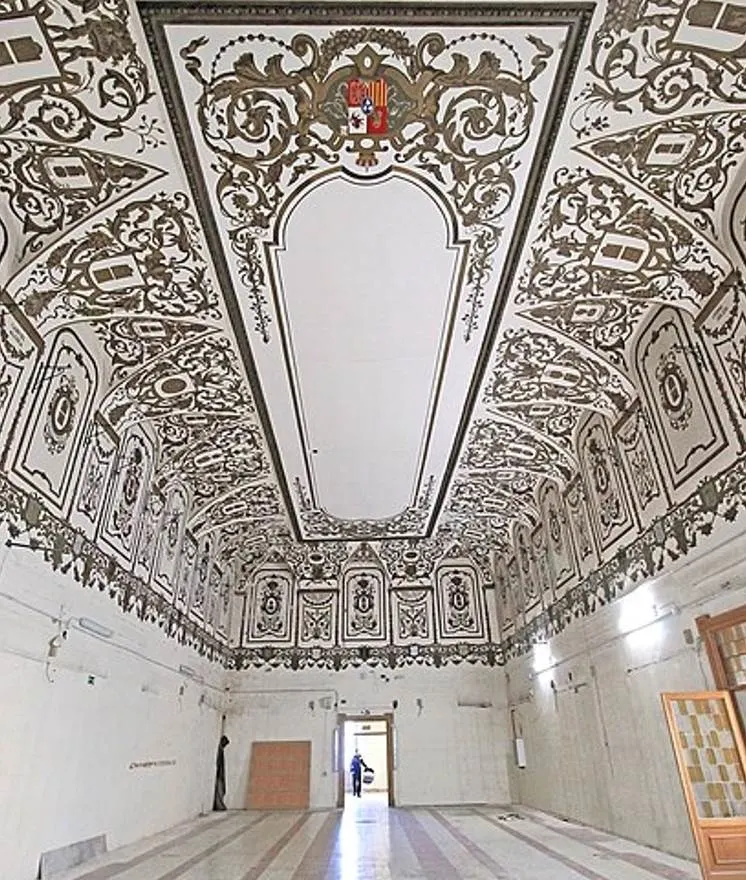
6. The young prince was painted numerous times by Velázquez in the 1630s
Balthasar Charles, Prince of Asturias, wasn’t depicted in Velázquez’s ultimate masterpiece titled “Las Meninas” (1656) nor did he ever rise to the throne of Spain.
That’s because the young prince passed away at the age of 16 from smallpox, shortly after the royal family had moved to Zaragoza in 1646.
During the 1630s, however, Velázquez produced numerous portraits of the prince in various settings. This includes paintings titled “Balthasar Charles with a court dwarf” (1631), “Balthasar Charles, in his hunting attire” (1635), and “Prince Baltasar Carlos in the Riding School” (1636).
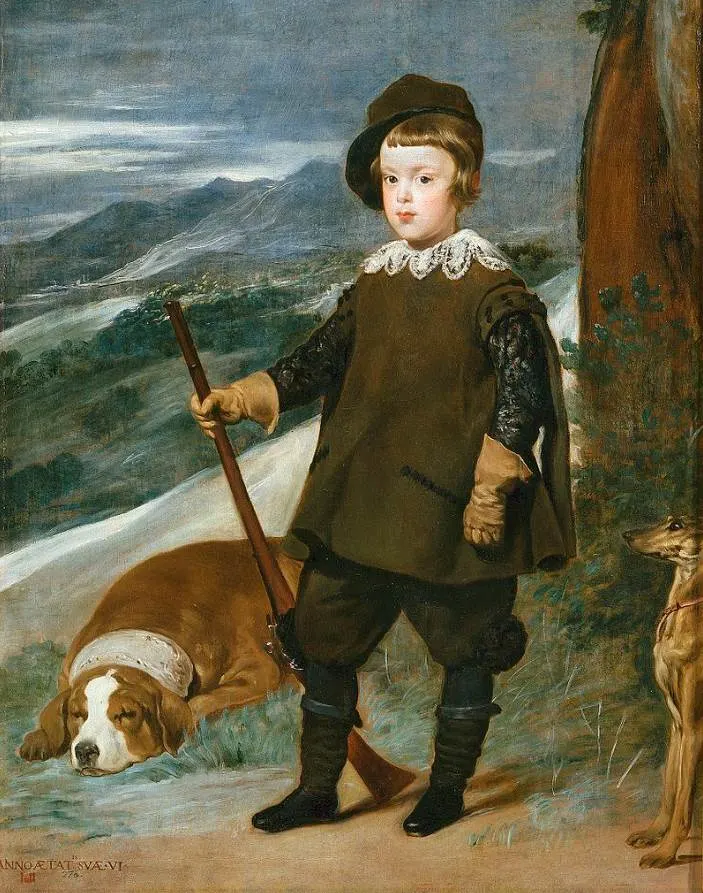
7. How big is the Equestrian Portrait of Prince Balthasar Charles by Diego Velázquez?
Just like most of the royal portraits produced by the artist, this one was painted at a monumental scale.
Although it’s far from being his largest oil on canvas painting, Equestrian Portrait of Prince Balthasar Charles by Diego Velázquez has dimensions of 209 × 173 centimeters (82 × 68 inches).
8. Where is the painting located today?
The painting remained in the collection of the Buen Retiro Palace until the 18th century. It was moved to the new Royal Palace of Madrid in 1772, shortly after this immense palace was completed.
Just like most other paintings in the artist’s oeuvre, it was moved to the most popular museum in Spain and remains part of the collection of the Prado Museum today.
